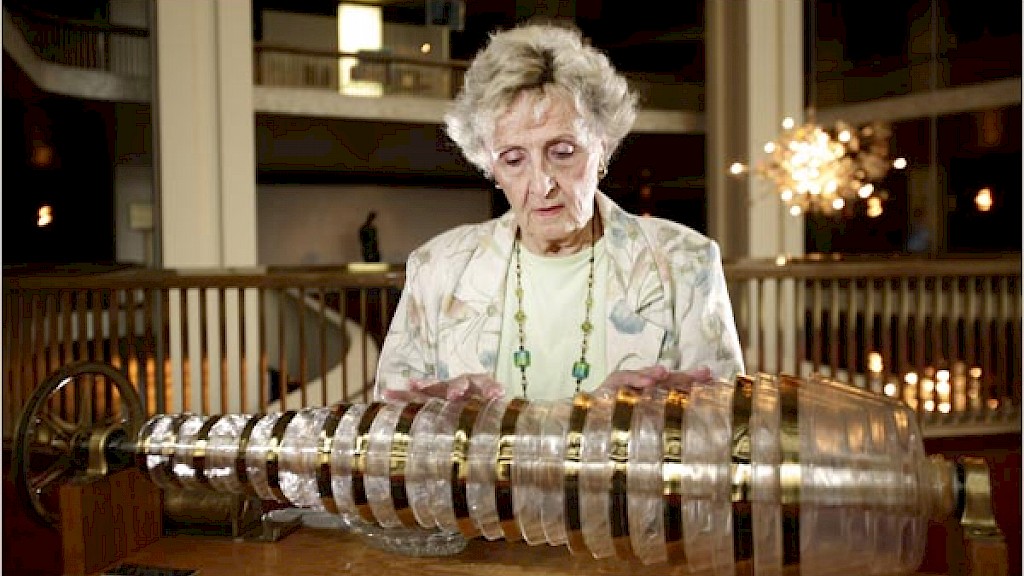The Dreaded THD: How Low Can You Go?
The harmonics of a pure tone are a series of pure tones at higher frequencies. These are the frequency of the original tone multiplied by whole numbers. For example, a 1 kHz tone has harmonics at 2 kHz, 3 kHz, 4 kHz, 5 kHz and on forever. Harmonic distortion is when there are harmonics in the output that are not present in the input. So, with a pure tone as the input the distortion is has a bunch of harmonics in the output. It is usually reported as a percentage of the sum of the harmonic output divided by the total output. Total Harmonic Distortion (THD) varies with frequency and is usually plotted like a response curve over the audible range (20 Hz to 20 kHz.) “Less than 0.5% percent THD from 20 Hz to 20 kHz at full rated power” would be a good rating for a tube power amplifier, not great for many solid-state amplifiers, or amazing for any speaker. But even with electronics I don’t care about the amount over about 14 kHz because the first distortion product is at 28 kHz (it is harmonic distortion after all) and I cannot hear that high. Actually, with electronics, I am more interested in which particular harmonics are being added to the signal.
How low do you want your THD to be? We all want zero. We can come pretty close with electronics. With speakers, it is another matter. But all THD is not equal. In the sound reproduction chain there is no harmonic distortion that is truly good, but some harmonics are sort of OK while others are very bad. In the sound production chain there are harmonics that are not just good, but critical in creating the sound of the instrument. The harmonics cause the differences in sound of a horn and a violin both playing the same note.
The even order harmonics (2X, 4X, 6X, 8X,…) are the natural resonances of all physical things. We have listened to these harmonics all our lives. They sound natural to us. Many instruments produce more energy in their harmonics than in their fundamental note. These harmonics contribute much of the sonic character differences between the same instruments made by different manufacturers (say between Steinway and Bösendorfer pianos). So, even when extra even order harmonics are added to music, we nonetheless find it musical and usually enjoyable. When designers are working on electric guitar amplifiers, they often add extra even order harmonics to produce the sound they desire.
Odd order harmonics (3X, 5X, 7X…) are not common in acoustical instruments, so when a lot of them are added to music, it sounds harsh. Even at low levels odd harmonics contribute to listening fatigue. It would be nice if the specifications were separated between sort-of-OK, even order harmonic distortion and very bad, odd order harmonic distortion; but I have never seen such a distinction. I suspect this is a major cause of the difference between ‘tube sound’ and “solid-state sound” because clipping in tubes has much less odd order harmonics than solid state designs with high feedback.
So, THD is another case where making choices based on standardized measurements is basically flawed. Small amounts of odd order harmonics can make music unbearable while massive amounts of even order harmonics can sound as good as none – still natural, but just slightly different. I believe it is the designers’ responsibility to spend most of their efforts on the easy-to-hear problems and very little on meeting arbitrary specifications like Total Harmonic Distortion.
See you May 10, and until then,
Enjoy & Good Listening!
John
Subscribe to Ohm News & Views to get the latest posts in your inbox
John Strohbeen Author
John Strohbeen was the President and Chief Engineer of Ohm Acoustics from 1978-2023.


